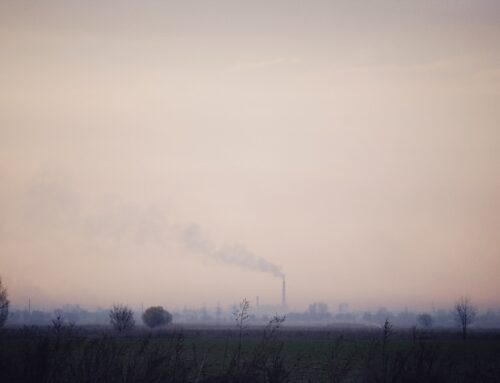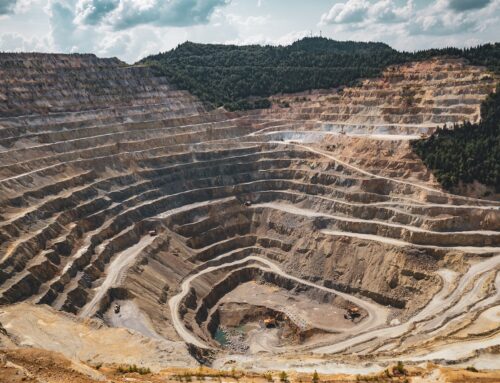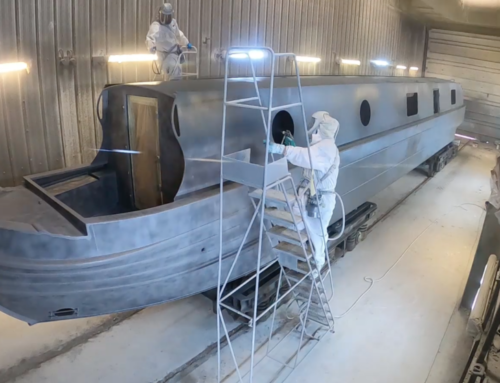There are a range of considerations when it comes to improving the impact of tankers on the environment. The benefits of these changes apply not only to the environment, but also to tanker operators.
As a crucial part of the global economy, tankers are responsible for the safe and efficient transport of a wide range of bulk materials. However, the use of road tankers also has an impact on the environment, and there is a growing need to find ways to reduce this impact and make operations more sustainable.
How can tankers become more environmentally friendly?
As key innovators in the dry bulk tanker industry, there are a number of ways in which we can consider an eco-friendly approach to tanker modifications:
Using alternative fuel sources: One way to make road tankers more eco-friendly is to use alternative fuel sources, such as electric power or biofuels, instead of traditional fossil fuels. This can help to reduce the environmental impact of road tanker operations, and can also provide cost savings for tanker operators.
Improving aerodynamics: Another way to make road tankers more eco-friendly is to improve their aerodynamics. This can be achieved by designing the tanker to be more streamlined, reducing drag and improving fuel efficiency. Additionally, using lightweight materials in the construction of the tanker can also help to reduce fuel consumption and improve eco-friendliness.
Implementing eco-driving techniques: Eco-driving techniques, such as driving at a constant speed and avoiding sudden acceleration and braking, can help to reduce fuel consumption and emissions from road tankers. Encouraging tanker operators to adopt eco-driving techniques can be an effective way to make road tankers more eco-friendly.
Using advanced technologies: Advances in technology can also help to make road tankers more eco-friendly. For example, using sensors and control algorithms to optimise the flow of bulk materials in the tanker can help to reduce waste and improve efficiency, ultimately reducing the environmental impact of road tanker operations.
How Can We Fit Tankers With Electric Power Packs?
We offer bespoke tanker modifications including being fitted with electric power packs in a variety of ways. The approach to this is depending on the specific design of the tanker and the requirements of the customer.
In general, electric power packs for road tankers are typically installed in a dedicated compartment at the rear of the tanker. This compartment is typically designed to accommodate the power pack and any associated control and monitoring equipment, as well as to provide easy access for maintenance and repair.
The installation process for an electric power pack on a road tanker typically involves several steps. First, the power pack itself is installed in the dedicated compartment at the rear of the tanker. This may involve securing the power pack in place using bolts or other fasteners, and connecting it to the tanker’s electrical system.
Next, the control and monitoring equipment for the power pack is installed and connected. This equipment may include control panels, sensors, and other devices that are used to monitor and control the power pack. These devices may be installed in the same compartment as the power pack, or in a separate location on the tanker.
Once the power pack and control equipment are installed, the electrical connections between the power pack and the rest of the tanker’s electrical system are made. This may involve running electrical cables and wiring between the power pack and the tanker’s electrical system, and connecting these components using connectors and other hardware.
Finally, the installation of the electric power pack on the road tanker is tested and verified to ensure that it is functioning properly. This may involve conducting a series of tests and inspections to verify that the power pack and control equipment are operating as expected, and to ensure that the power pack is safely integrated into the tanker’s electrical system.
The installation of an electric power pack on a road tanker typically involves installing the power pack itself, installing and connecting the control and monitoring equipment, making the necessary electrical connections, and conducting tests and inspections to verify that the installation is successful.
Choose WG Tanker for Your Environmental Focused Tanker Projects
Overall, there are many ways to make road tankers more eco-friendly, including using alternative fuel sources, improving aerodynamics, implementing eco-driving techniques, and using advanced technologies. By adopting these measures, road tanker operators can reduce their environmental impact and improve the sustainability of their operations.







